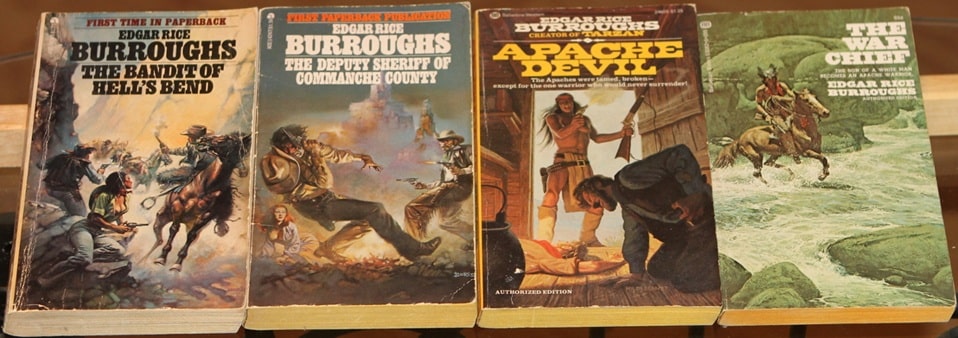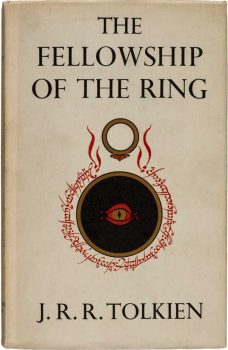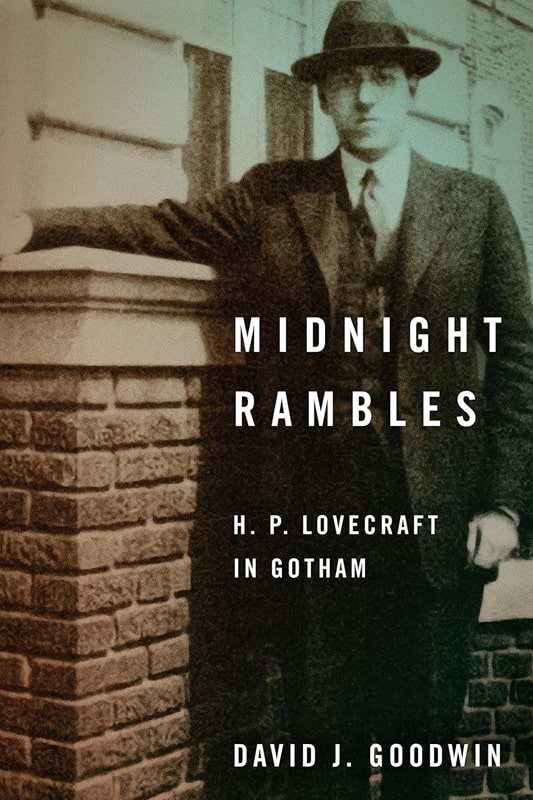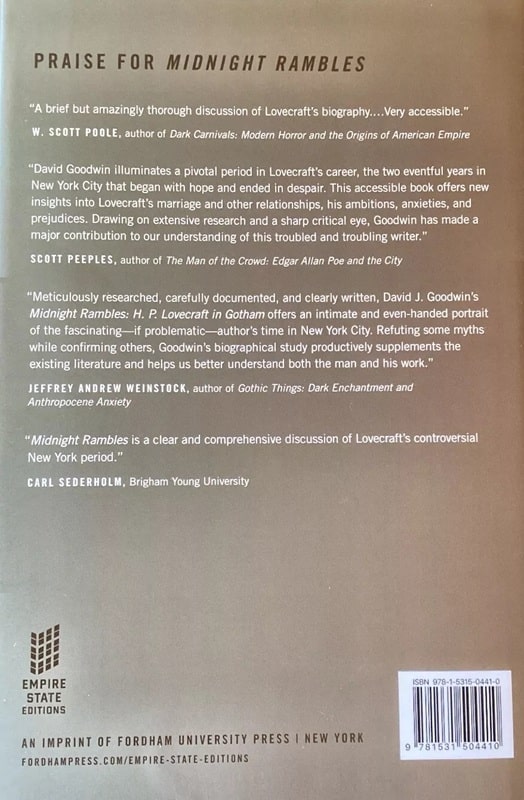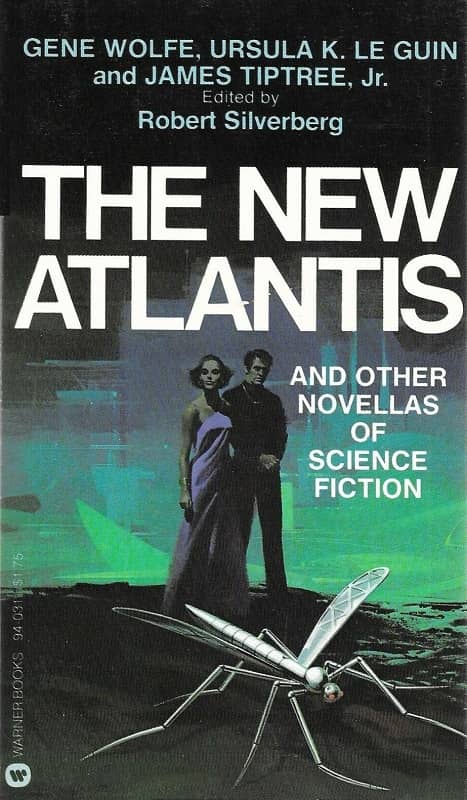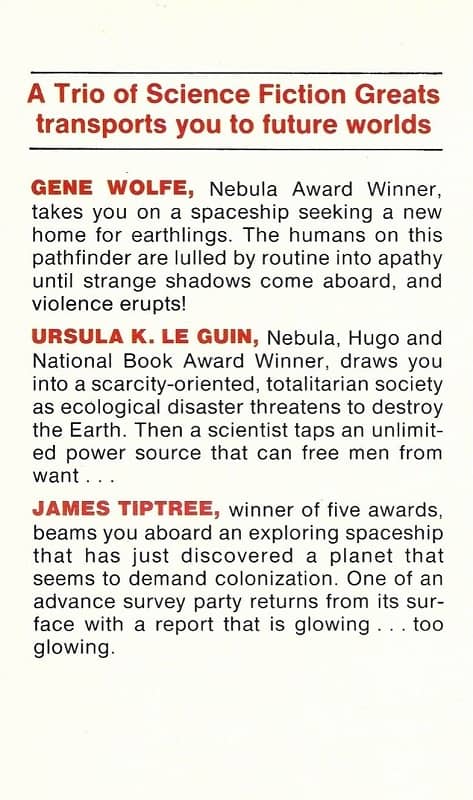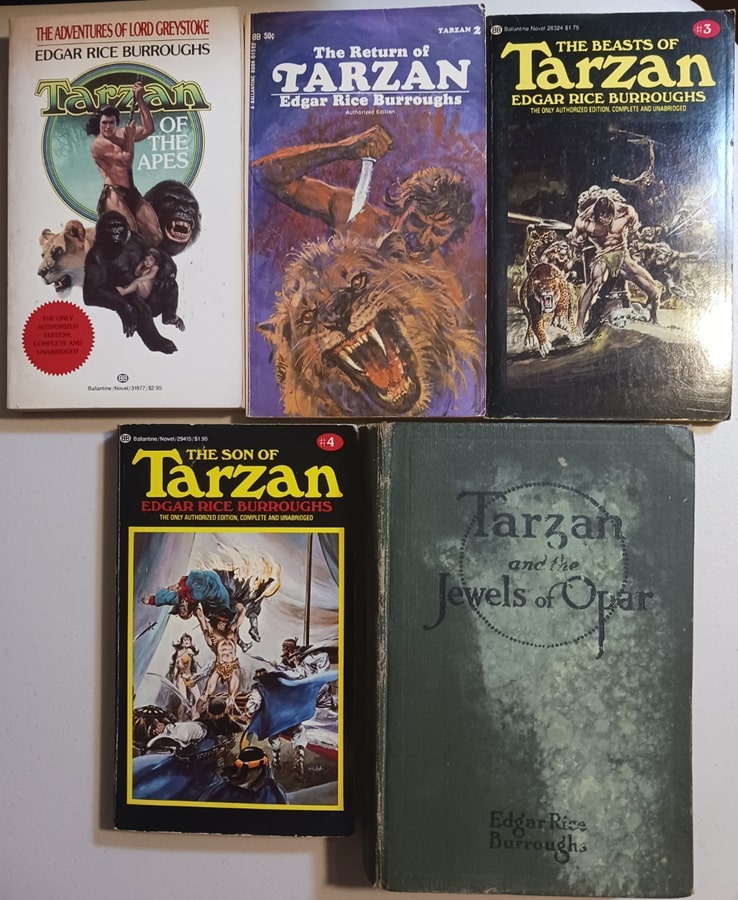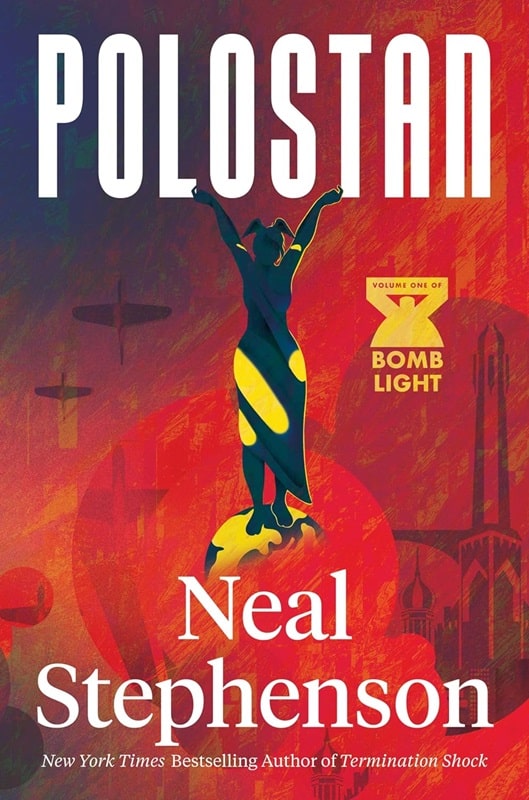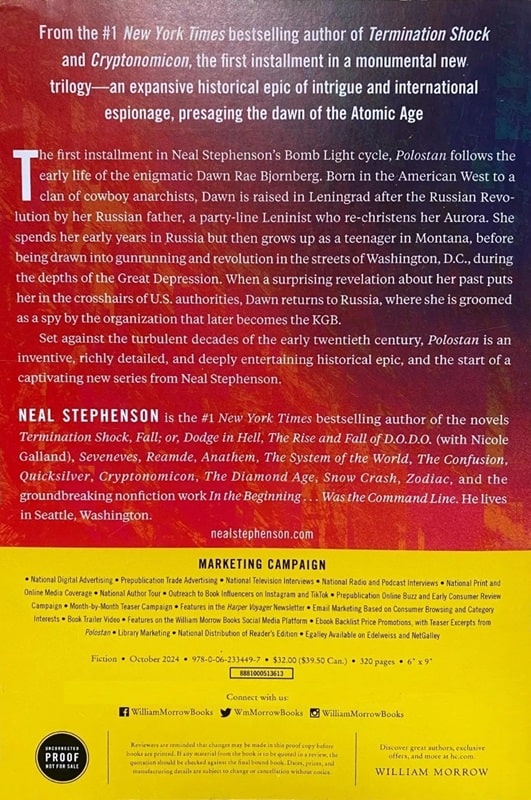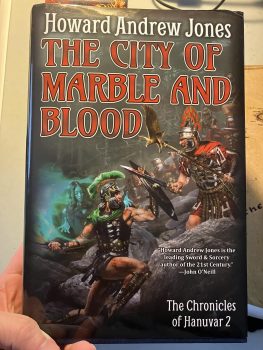Following in the Steps of Robert E. Howard: The Eye of Sounnu by Schuyler Hernstrom
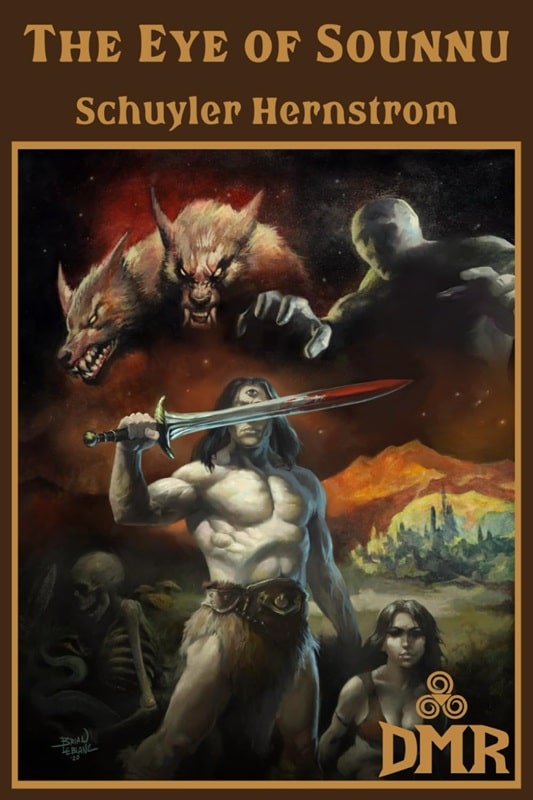 |
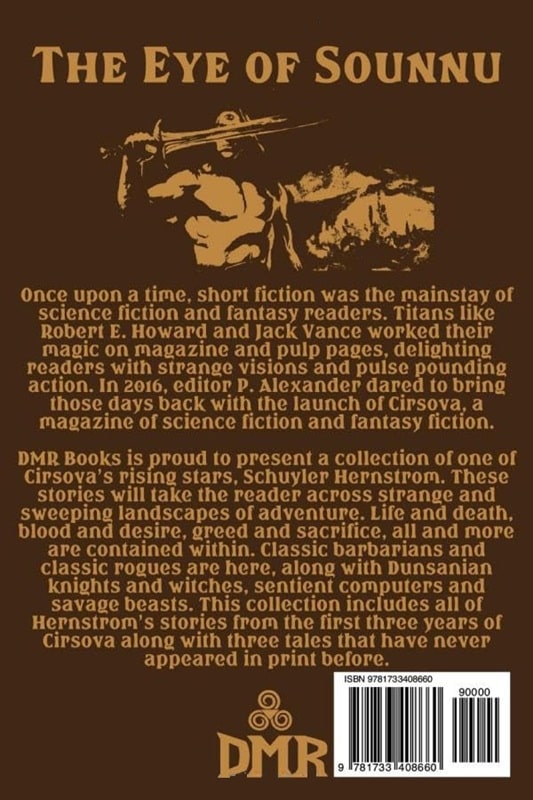 |
The Eye of Sounnu (DMR Books, May 3, 2020)
The concept of barbarism vs. civilization is a topic that Robert E. Howard often explored in his incredibly crafted fiction. Other authors, many inspired by Howard, have explored the concept through their own creations.
Notable among these is modern sword-and-sorcery author Schuyler Hernstrom, whose collection of short stories, The Eye of Sounnu, was published by DMR Books. The collection contains a wonderful story called “Mortu and Kyrus in the White City,” which features northland, pagan barbarian (Mortu) and his learned companion (Kryus), a monotheistic monk who suffers a curse and now lives in the body of a monkey — but that does not preclude him from waxing philosophically about the world and mankind’s place in it.
There was an exchange between the two that I recently read, and I had to reread it, and then reread it again, because I enjoyed it so much, so I share it here, for my friends of similar interests.

